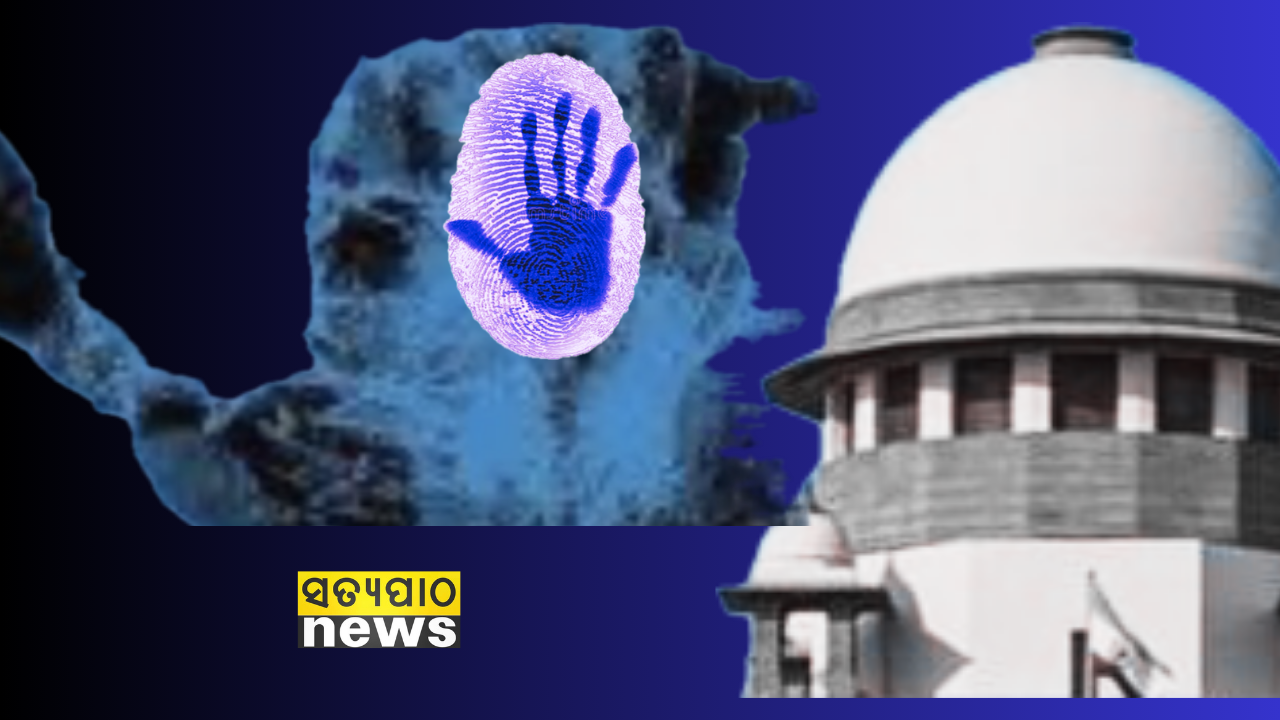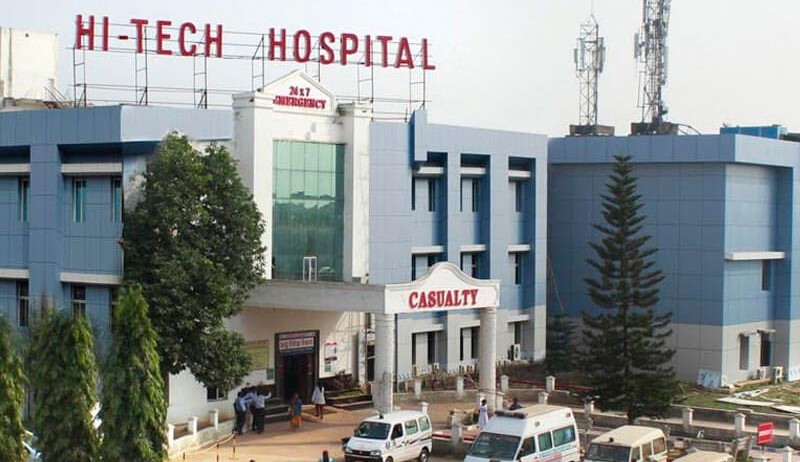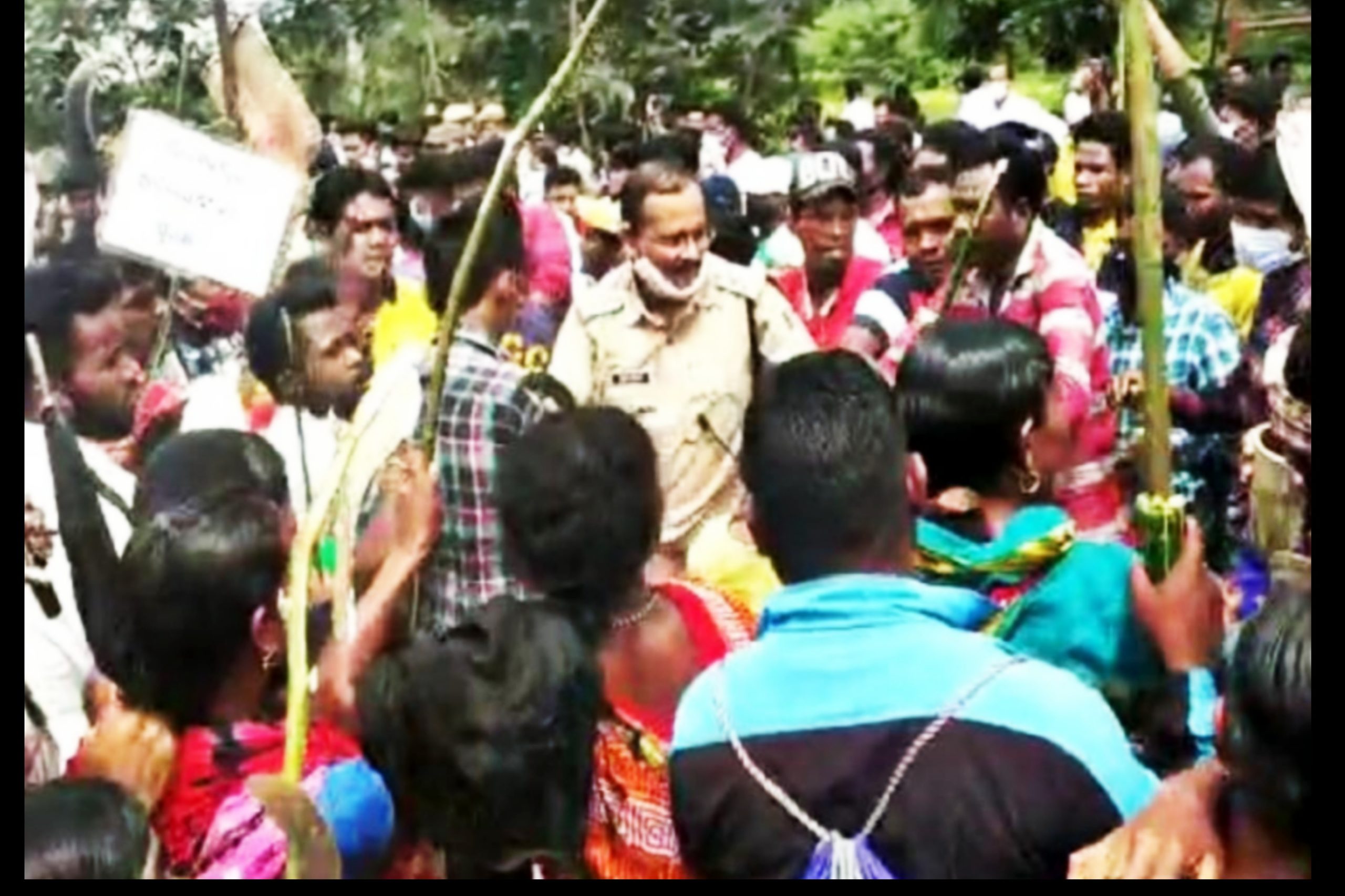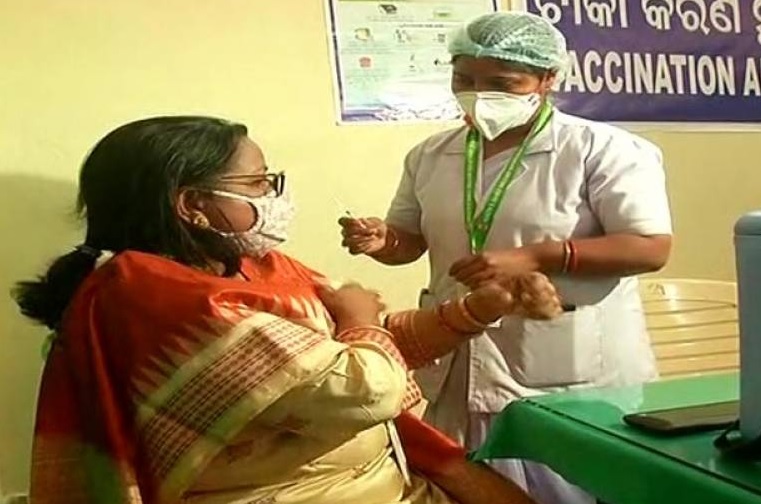
By-MK Singh
Ganjam (Odisha): The coastal district of Ganjam in Odisha is considered as a hub for outward migration where lakhs of unskilled Odia labourers migrate often to Gujarat, Maharashtra and others in search of jobs. Marred by the lack of high-paying jobs and industries in the state, many from this region have made Surat, the textile city of Gujarat as their next home.
However with the benefit of minting money by the youths outside the state, this migrant-prone district also became infamous in the state for recording the highest cases of HIV infections, which the district administration attribute to the frequent migrations outside states by the young male members from the rural and urban pockets of Ganjam.
Disturbed by the trend, the Ganjam Collector Vijay Amrut Kulange recently started a new innovative step to combat the menace by sensitizing the women folks of high risk areas from the district especially wives of migrants. The district administration has planned to make the wives of migrants aware about the causes, prevention and other facets of HIV prevention and treatment.
“Seeing the higher cases of HIV cases and frequent migration we came up with this plan. We want to make the wives as the first line of defence in migrant prone families. We wanted them to counsel the male members who are going outside the state and also when they return home so that no new HIV infection is added in families and they are not destroyed due to ignorance,” Kulange said.
He also added that the wives will be trained to counsel their husbands when they come and engage conversations with them on their lives outside the state besides persuading them to go for HIV testing if they found any case suspicious so that the wife or any other member of the family is not affected by the fatal disease. HIV/AIDS is said to spread mainly through body fluid transmissions from infected persons to others.
According to government statistics, Ganjam is home to around 32 per cent of the HIV cases in the whole state of Odisha. Odisha has a total of 30 districts. Statistics from the Odisha State Aids Control Society (OSACS) claim that Odisha has a total of 46,264 HIV cases out of which 15,034 are from Ganjam alone.
However, many experts working in the field of HIV prevention in the state while welcoming the decision said it would be a Herculean task for the government to break the social barrier in this patriarchal society and allow the migrant men to open up about their sex lives outside the state.
“In this patriarchal and traditional setup in an non-urban area persuading a man to go for HIV testing by his wife suspecting sexual life outside the matrimonial alliance could be a major challenge that the district administration need to come out to make the plan a success,” said Biswa Bhushan Pattanaik, Assistant Director of SAATHI (Solidarity and Action Against the HIV Infection in India) from Bhubaneswar.
Other experts from this sector from Odisha believe this programme is likely to suffer a setback if the proposal is not made into a mandatory part of policy making or a scheme. “Many a times some good proposals emanating from the Collectors fail to create major ripple on broad scale if it fails to become a part of policy,” an HIV prevention activist said requesting anonymity said, adding that many good proposals of Collectors in Ganjam have proved futile if not taken up on a big scale.
Natural disaster and HIV
Studies by different organisations in Ganjam have in the past revealed that HIV infections and migrations often see an upward trend when natural disasters hit coastal areas like Ganjam in Odisha. As Odisha lies close to the Bay of Bengal, this state has witnessed numerous cyclones in the past. A study conducted four years back by an NGO-Aruna had claimed that with the cyclone Phailin hitting the coasts of Ganjam, migrations from coastal part of Ganjam increased and so the new HIV cases.
People who were part of the study claimed that Ganjam is basically divided into three parts-interior areas (where HIV prevalence is highest), tribal or border areas and coastal areas (where fishermen community reside and HIV prevalence was lesser). However the study by the NGO revealed that post Phailin many new cases of HIV also crept into coastal parts of Ganjam. The migrations post cyclone were triggered by the massive destruction and lack of livelihood options in the home district of Ganjam.
Lack of migration data
According to people who are keeping a tab on the migration in Ganjam, at any time around 5 lakh people, mainly men remain outside Ganjam as migrants while many are on their way of getting ready to migrate. Experts term the migration from Ganjam as ‘continuous, traditional and not a case of distressed migration’.
Loknath Mishra, who heads the NGO-Aruna at Ganjam said, “Migration in Ganjam is continuous and traditional and not a case of distressed migration so the migration continues throughout the year. Roughly around 5 lakh of Ganjam population always remain outside the state mainly in Surat,”
Mishra also said that as the migration in this area is often triggered through family members, there is lack of official data on migration. He said, “Nobody has the data of migrations as the migrants are not sent through any agents. They are mostly called up by their family members and persuaded to join them. Most of them do not have any address in Gujarat,”
Whole rural economy is dependent on migration here. The flow of cash comes from Gujarat. Gujarat is the most sought after place. Here Surat is mostly preferred, Ahmedadbad is second while people also go to Bhavnagar shipping yard to work. Many unskilled workers from Ganjam work into the textile factories at Surat. Few also venture towards Mumbai however the fewer migration towards Mumbai is not very organised and bigger in numbers.
The district administration too admits that it lacks accurate estimates of migrations from Ganjam. The Collector office of Ganjam has meanwhile also started working towards maintaining migrant registers to assess the quantum of yearly migration from this area. Directions from the Collectors office has now been given at panchayat levels to maintain registers of migrants from this areas to make policies according to them and take targeted interventions into this areas.
According to the Collectorate officials here, plans are in the offing to maintain even village level registers trace migrations. The plan for registers have been mulled to maintain data and also check vulnerable areas where targeted works from the health department is needed. Not only this the district administration is now also planning to take measures to expedite the process of pre-marital HIV testing of would be couples to check the spread of new HIV cases in this migrant-prone area of Odisha.






